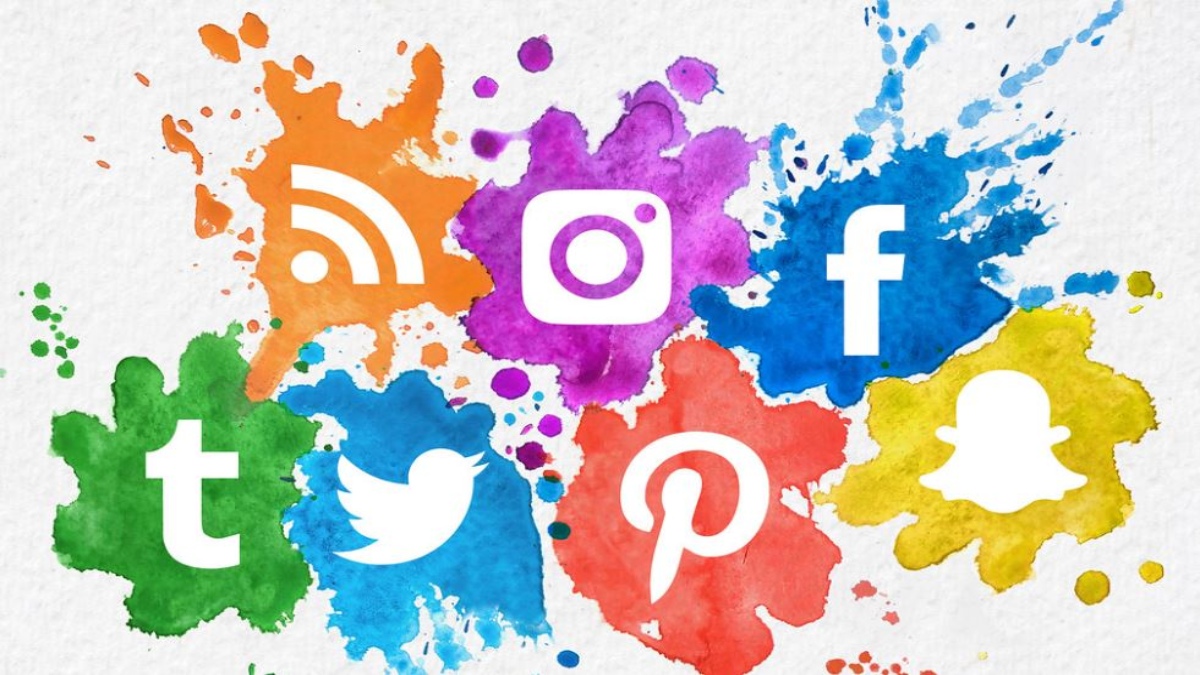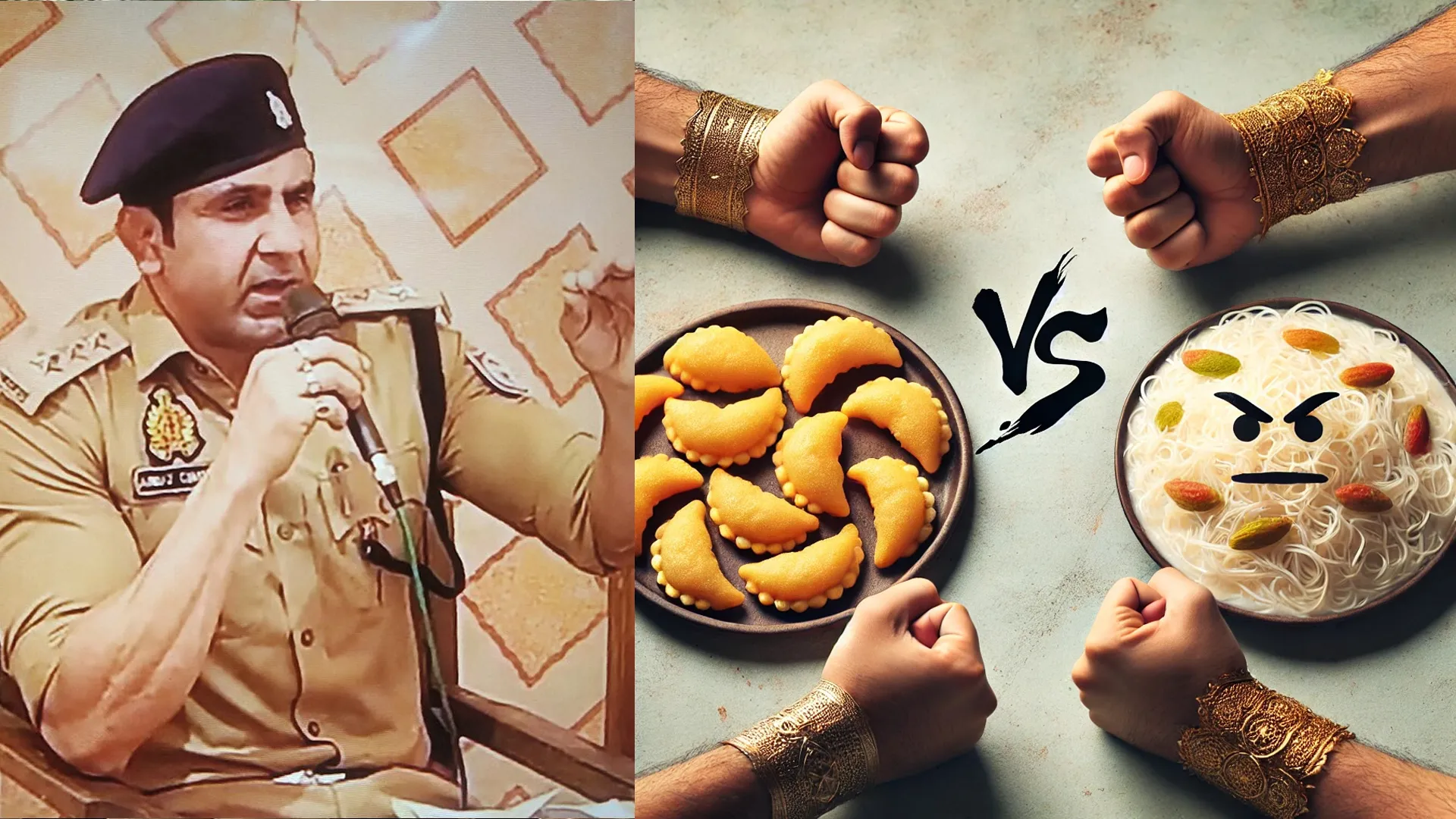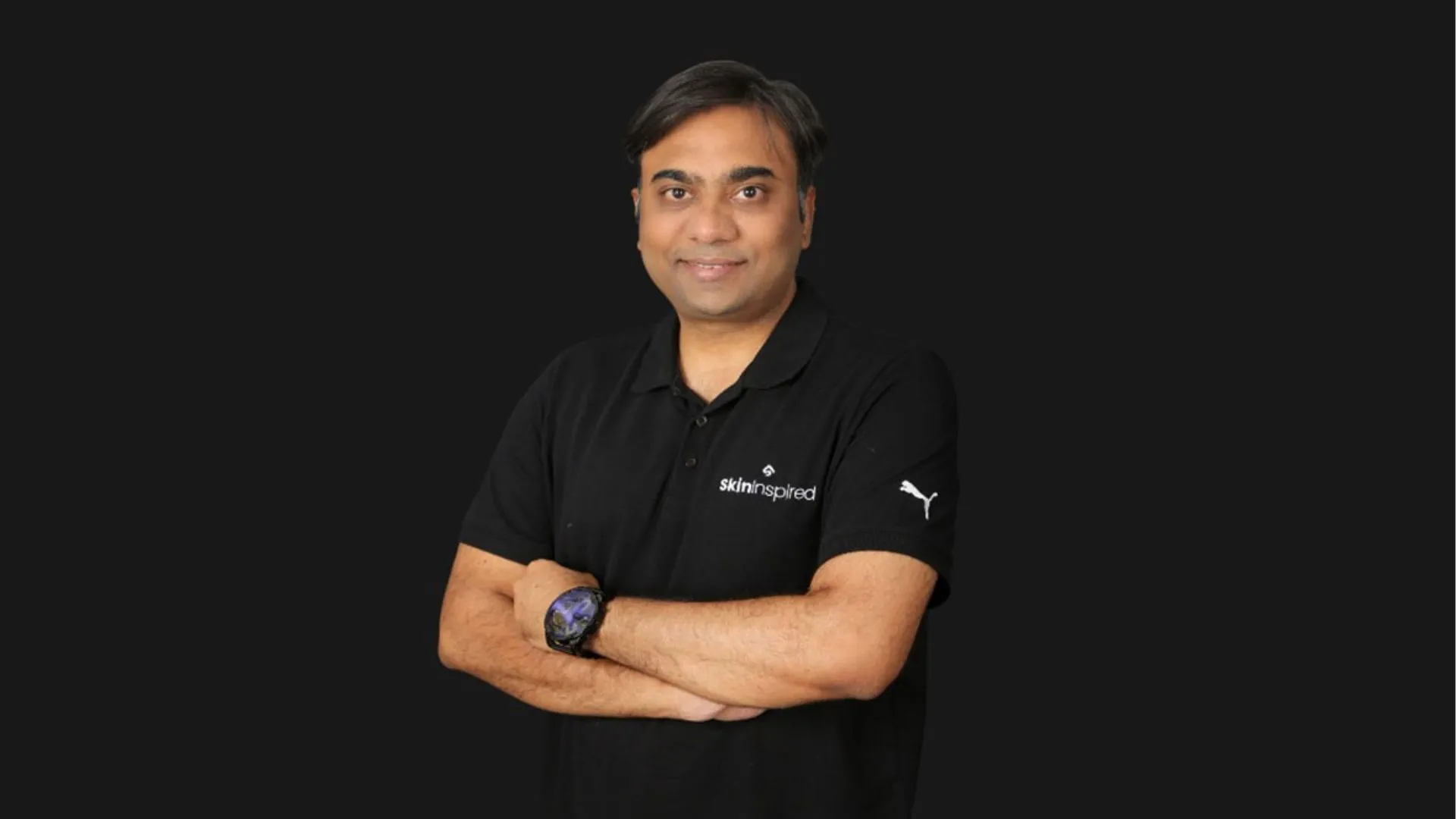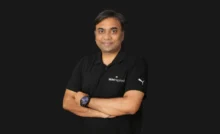I . INTRODUCTION The shift from Times of India to Twitter, from job update corners of the daily newspaper to LinkedIn, from collecting photos in photo albums to Facebook and Instagram posts, from All India Radio to all time accessible YouTube, & from writing letters to texting on WhatsApp, this age of digitalization has revolutionized the life of all human beings. ‘Trending’, ‘texting’, ‘story’, ‘status’ etc. are the buzzwords of the 21st era. Expressing one’s views on social media is deeply related with the non-instrumental theory of freedom of speech and expression (for short ‘FSE’).
In this backdrop, it becomes quite pertinent to understand the pros and cons of the transformation brought by social media. In this article, the author endeavors to explain social media, FSE and their relationship with each other. Furthermore, it deliberates over the new challenges posed by social media, questions the ability of existing laws to curb them and then provides some probable solutions to tackle the same.
II. SOCIAL MEDIA VIS A VIS THE NON – INSTRUMENTAL THEORY Social media is an online platform where users from all over the world present their opinion freely by commenting, uploading and sharing their views in the form of text messages, photographs, and video or audio clips. Its features like openness, participation and interactivity are some crucial reasons behind its worldwide popularity. In the status quo, it is one of the most used tools for communicating and expressing one’s belief and opinion. The US judiciary in Reno v. ACLU has held that the written, spoken and visual expression posted on the internet is protected under the First Amendment. It further said that internet is “the most participatory form of mass speech yet developed.” The Indian Supreme Court in the case of Shreya Singhal v. Union of India has also held that citizen’s right of FSE over the internet is constitutionally protected.
The jurisprudence behind validation of FSE over the internet emanates from the non-instrumental theory. According to this theory, “speech and expression are essential to the development of the autonomy of an individual regardless of their utility and this is a desirable end in and of itself.” In layman terms, FSE helps a human being attain self-fulfillment by providing him/her the “right to rebelliously, vigorously and practically converse one’s mind”. FSE is not a means to achieve something but an end in itself. It provides the capability to articulate one’s views and opinions and present them sensibly and audaciously in front of others. The Hon’ble Supreme Court has also affirmed the same in the following words; “Freedom of expression has four broad social purposes to serve: (i) it helps an individual to attain selffulfillment… All members of society should be able to form their own beliefs and communicate them freely to others.” It further elaborated FSE as realization of an individual’s earnest desires and competence.
The innate relationship between FSE and social media has been explained aptly by Barlow . According to him, the internet promotes democratic values and gives its users an opportunity to express and share views and opinions with other people of the world. “That has made it the best place for self-expression.” Everybody is a performer on the stage of social media. It provides all participants (users) an equal and all time accessible platform to put forth their views. The expression of one’s fundamental beliefs and thoughts on social media is not necessarily done to promote democratic values (instrumental theory) but is more inclined towards attaining self-fulfillment & self-realization. The author argues that before the advent of social media the non-instrumental theory didn’t had much relevance in the discussions revolving around FSE but the emergence and rise of social media has provided a strong validation to the same.
III. FREEDOM OF SPEECH AND EXPRESSION & ITS RELATIONSHIP WITH SOCIAL MEDIA
In the words of Voltaire, “I may disapprove of what you say, but I will defend to death your right to say it.” These words very aptly summarize the law of FSE enumerated under Article 19(1)(a) of the Indian Constitution. These rights are not absolute and have been restricted with the help of provisions under Article 19(2) . The right to FSE is regarded as an essential step towards attaining liberty and is the hallmark of democracy. It occupies a prominent place in the order of priorities of liberty & is considered as the mother of all liberties. Justice Patanjali Sastri has rightly observed, “Freedom of speech… lays the foundation of all democratic organizations, for without free political discussion no public education, so essential for the proper functioning of the process of popular government, is possible” Social media is an important means of communication in the present world. We can’t imagine our lives without these platforms. These platforms transgress all geographical boundaries and help in exchanging and sharing information all across the globe. The reasons behind growth of social media include the increased use of internet, technological advancements, easy accessibility, inexpensive form of media and most importantly free space and ease of participation. It is popular among the youth as it is the best form of networking in the modern times. It helps them in creating their network and grab learning opportunities. It also provides a platform to the citizens of a nation-state to put forth their grievances and concerns & the state also at times has given due acknowledgement to the same. In the recent case of Lipika Pual v. State of Tripura , the Tripura High Court emphatically held that FSE over the internet is constitutionally protected. In this case, Smt. Lipika Paul was working at the post of UDC in the Department of Fisheries, Govt. of Tripura. It has alleged that she has violated Rule 5(4) of the Tripura Civil Services (conduct) Rules,1988 by posting comments on Facebook against a political leader which amounted to canvasing against the said leader. The Hon’ble Court held that the content posted didn’t amount to canvassing. Moreover, the same is protected under Article 19(1)(a) of the Indian Constitution.
IV. PROS AND CONS OF SOCIAL MEDIA
As everything has 2 sides, social media too has its own share of praises and criticisms. On the brighter side, it provides voice to all the under privileged sections of the society. It has slowly turned into a powerful tool of protest. Numerous social movements across the globe such as the “Black Lives Matter”, “Arab Spring” , “Occupy Wall Street”, “Shahbag movement” along with various Indian instances such as the “hokkolorob” , “CAA-NRC” agitations, farmers protest, scrapping of Article 370 etc. are a testimony to the important role played by social networking sites in the rise of these movements. It has been aptly stated that “The use of digital media had radically transformed on-line individuals from passive receivers into active shapers of content, from observers of activism into activists themselves.” The Apex Court has also held that FSE on the internet is constitutionally protected and indefinite extension of internet shutdowns shall be unconstitutional as the same is a hurdle in the enjoyment of FSE and hence violates Article 19(1) (a). Dutton has referred the current use of Internet and other digital information and communication technologies as Fifth Estate. He said that “the growing use of related digital technologies and Internet is generating a platform for networking individuals in ways that enable a new source of accountability in government, politics and other sectors. … establishing another independent source of accountability, what has been called as ‘Fifth Estate’.” As aforementioned, social media has turned observers into activists. But the problem occurs when these activists turn into hyper-activists by crossing the realm of law. It has been seen that at times things have turned ugly leading to incidents of riots and mob-lynching. The violence that took place in Bengaluru last year was because of a communal Facebook post , the murder of Nilotpal Das and Abhijit Nath in Assam because of the rumor that they were child-lifters spread through WhatsApp , murder of Kaluram in Karnataka occurred because of a fake video spread through WhatsApp forwards, and other numerous incidents testify the grave dangers posed by social media. According to an India Spend report, out of the 69 mob violence cases reported, 77% of them were the result of fake news forwards. WhatsApp was the chief source of spreading misinformation in 28% or 19 of the 69 cases. These websites are also used for polarization of the masses. They are used to set narratives that are completely opposite to actual realities. These social media platforms can very easily build a positive/negative impression of a person, organization or community. Once the news/information goes “trending”, no one endeavors to do a fact check and accepts the same as truth.
V. SELF REGULATION V. STATE REGULATION Stringent regulations are required to counter the above mentioned problems. The pertinent question here is ‘how’ to do the same. To draw a line between curbing of fake news and regulation of FSE is a difficult task. A straight jacket formula can’t be devised to counter the same. The second issue is the capacity to manage sheer volume of ‘user generated content’. It is an arduous task to fact check all the content generated. The third issue is to devise a way that would stop forwarding of fake messages without intruding the privacy of a person. There are two ways to manage all these issues: i) Self-regulation: Here, self-regulation denotes two meanings. The first meaning corresponds to the social media companies such as Facebook, Twitter etc. These organizations as the owner of such platforms have a bigger onus in terms of managing content and curbing misinformation. Secondly, they are certainly in a better position in managing all these issues and taking appropriate actions as and when required. To narrow down the huge bulk of user generated content, they should keep vigilance on the trending information and when the same is found untrue it should be taken down as soon as possible along with a statement by the organization that the said information lacked authority. They should incorporate appropriate safeguards for curbing fake accounts. The second meaning corresponds to the users that they should always do a preliminary fact check before sharing/forwarding any information on such platforms. ii) State-regulation – The second method is regulation by state through the means of laws, rules and regulations. State being the custodian of the life and limb of all its citizens has a duty to protect them from any mishappenings. In India, the reasonable restrictions imposed under Article 19(2) of the Indian Constitution do provide certain safeguards. Along with these, Chapter XI of the Information Technology Act, 2000 also includes provisions for regulating information on social media. However, when the state regulates these platforms, it generally tends to use the same in its own favor and forbids dissenting opinions infringing FSE. At times, actions by the state also amounts to intrusion into a person’s privacy.
VI. CONCLUSION
Social media has developed as the ‘fifth estate’ of the modern world whereas FSE has been one of the fundamental underpinnings of all libertarian regimes since ages. FSE is the bulwark of democracy and social media platforms strengthen the same by promoting exchange of opinions, views, information, ideas, beliefs and much more all across the globe. The challenge before us is to balance the scales in such a manner so that an individual can enjoy his/her FSE without getting trapped into the cycle of misinformation. The author is of the opinion that self-regulation should be preferred over state regulation because of two prime reasons. Firstly, the owner organizations are in a better position to handle the situation when compared with the state and secondly, when power is in the hands of state it uses the same as a means to silence dissent. Hence, it is high time to promote and practice self-regulation as a means to uphold the principles of freedom of speech and expression.










